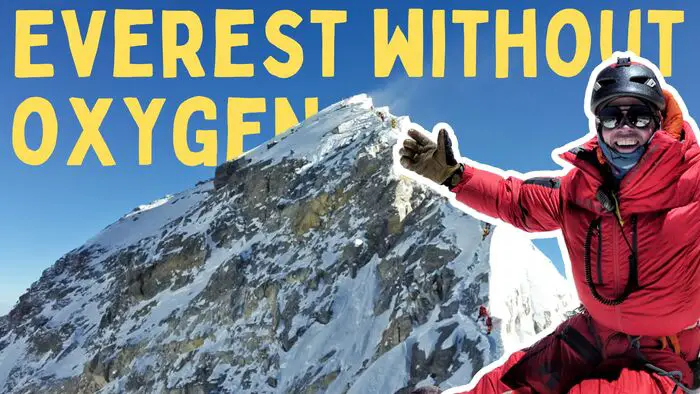Climbing Mount Everest, the world’s highest peak, remained an elusive challenge for many mountaineers until 1953. It was in this year that Sir Edmund Hillary and Tenzing Norgay achieved the remarkable feat of being the first to reach the summit.
In the following three decades, a series of pioneering accomplishments unfolded, marking significant milestones in mountaineering history. These included the first female ascent, the inaugural solo ascent, the initial traverse (ascending one side of the mountain and descending the other), and the first descent using skis. However, all of these relied on the use of supplemental oxygen.
The question that loomed over the mountaineering world was whether it was possible to conquer Mount Everest without relying on supplemental oxygen.
Is It Hard to Climb Everest Without Oxygen?
Yes it is hard to climb Everest without Oxygen. However, climbing Mount Everest without the use of supplemental oxygen is possible. As of 2023, Everest was summited without oxygen 221 times, out of 11,341 attempts.
Although these climbers have defied the need for oxygen to summit Everest, many others have died trying. Humans have the capability to ascend Mount Everest without the aid of additional oxygen. However, this achievement comes at a steep price. It is characterized by severe hyperventilation and hyperkalemia, underscoring the immense physical and mental demands imposed by such an extraordinary feat.
History of Climbing Mountains Without Oxygen
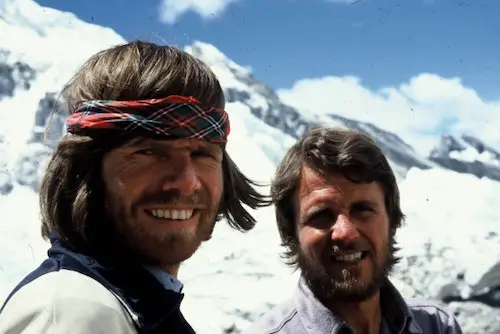
As early as the 1920s, the climbing community engaged in discussions regarding the merits and drawbacks of artificial aids. George Leigh Mallory, a prominent voice in this discourse, firmly advocated for the reliance on one’s innate abilities. He asserted that a climber’s natural instincts serve as a warning system, alerting them to the limits of their strength. In his view, embracing artificial aids introduced additional dangers if sudden failure of the equipment occurred. This philosophy, emphasizing an unfiltered connection between the climber and the mountain, persisted for half a century.
Fast-forward to the 1970s, and the torchbearers of this philosophy were Reinhold Messner and Peter Habeler. Reinhold Messner had already gained widespread recognition for completing Alpine rock climbs devoid of metal protection pegs. In 1974, Messner joined forces with the quietly determined guide from Mayrhofen, Peter Habeler, who shared his philosophy.
Together, they made a permanent mark in the climbing world. Possessing remarkable agility and slight builds, they achieved record-breaking ascents of the Matterhorn and Eigerwand faces. In 1975, their ascent of Gasherbrum, the 11th highest peak in the world, stood out as a remarkable achievement as they did not use supplemental oxygen. Later in 1980, Reinhold Messner made history by becoming the first man to reach Everest’s summit without relying on supplemental oxygen.
How Many Have Climbed Everest Without Oxygen?
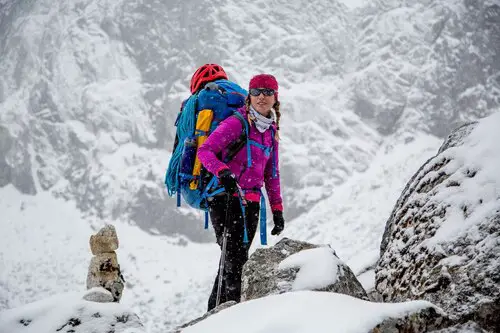
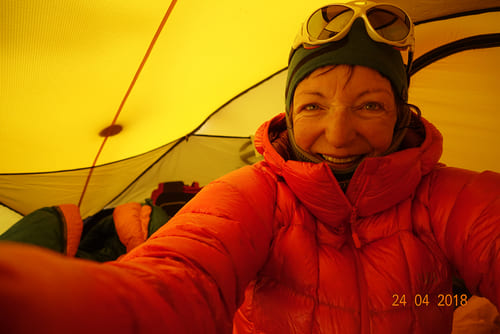
Everest has only been summited a total of 221 times without supplemental oxygen. These climbers come from diverse nationalities, representing a global pursuit of the nearly impossible goal. Reinhold Messner was the first man to do so, followed by Lydia Bradey of New Zealand in 1988
Other notable climbers include Melissa Arnot, who became the first American woman to successfully summit Mount Everest without oxygen. As well as Ecuadorian climber Carla Perez, who also reached the summit without oxygen. Their ascent marked a significant milestone for women as they became the sixth and seventh women to conquer Everest without oxygen.
Several noteworthy mountaineers have reached the summit of Mount Everest without oxygen. Among these accomplished climbers are Ang Rita Sherpa (Nepal) and Aman Kumar Sinha from India.
Who Has Summited Everest The Most Without Oxygen?
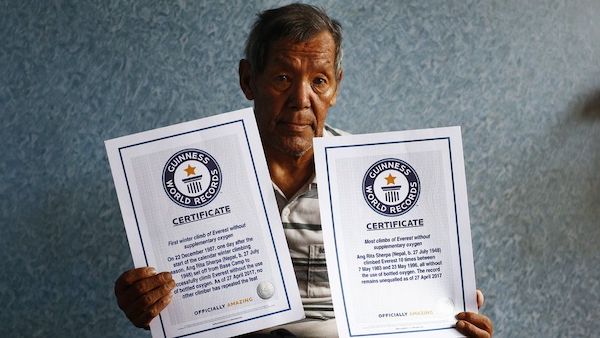
Ang Rita Sherpa, a renowned Nepali mountaineer, summited Mount Everest ten times without relying on supplemental oxygen. He accomplished this between 1983 and 1996. Despite subsequent climbers achieving more summits, Ang Rita Sherpa still holds the distinction of having the most ascents of Everest without oxygen.
Notably, Ang Rita Sherpa, is also the only person to conquer Mount Everest without oxygen during the winter season. His remarkable achievements earned him the well-deserved nickname “Snow Leopard” among his peers, cementing his legacy as one of the most famous sherpas to climb Everest.
Can Sherpas Climb Without Oxygen?
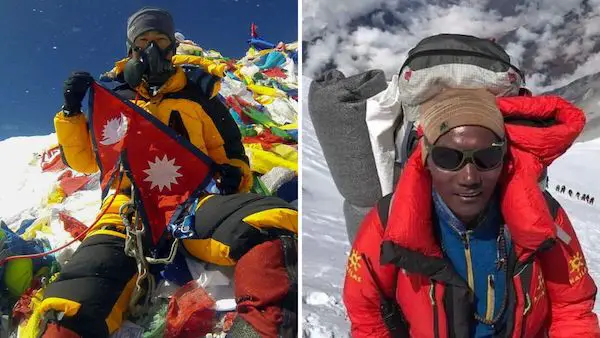
Despite Sherpas ability to acclimate to higher altitudes more rapidly than most climbers, they still find the need for supplemental oxygen crucial. This is particularly true in the “death zone,” where oxygen levels are critically low. Nevertheless, it’s worth noting that certain Sherpa climbers have achieved impressive high-altitude climbs without relying on supplementary oxygen.
Sherpas are renowned for their exceptional physical fitness, and their bodies seem to function at an extraordinary level at high elevations. While others struggle to ascend in the midst of reduced oxygen and air pressure, Sherpas appear to operate almost effortlessly.
Can You Survive on the Top of Everest Without Oxygen?
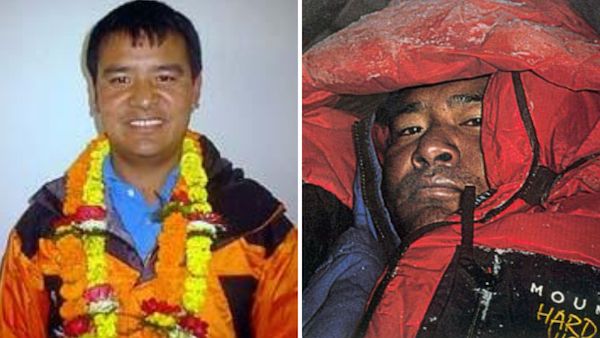
No, you can not survive on the top of Everest without oxygen for an extended period of time. This is due to the lack of oxygen for your body to function. This means that as a climber is on the summit of Everest, their body is actively dying.
The duration of survival without oxygen on Mount Everest varies based on factors like an individual’s physical fitness and altitude. Typically, the oxygen levels on Everest are only about one-third of those at sea level. This makes it challenging for the human body to endure without supplemental oxygen for more than a few minutes. While some climbers rely on oxygen tanks to assist their ascent, even with this aid, they still face risks of altitude sickness and other health complications.
At the summit of Everest, the air pressure is much lower than at sea level. This means each breath you take has only one-third of the oxygen you need to live. Usually, people can’t stay alive for more than a day or two at those heights, whether they use extra oxygen or not.
However, some very skilled climbers have managed to stay longer, but they are quite rare. The longest anyone has stayed on Everest’s summit without using bottled oxygen is Babu Chiri Sherpa, a Nepalese mountaineer. In May 1999, he spent 21 hours on the summit of Everest.
How Many People Died on Mount Everest Without Oxygen?
According to Raymond Huey, a professor at the University of Washington, among the 1,173 individuals who successfully scaled Mount Everest on the Nepal-Tibet border between 1978 and 1999, there was a notable difference in the death rates during the descent.
For climbers who did not use supplemental oxygen, the death rate stood at 8.3%, whereas those who used extra oxygen experienced a lower death rate of 3%. Moreover, among the 1,077 climbers who reached the summit with supplemental oxygen, 32 fatalities occurred during the descent. In contrast, among the 96 climbers who chose not to use supplemental oxygen, eight fatalities occurred during the descent.
